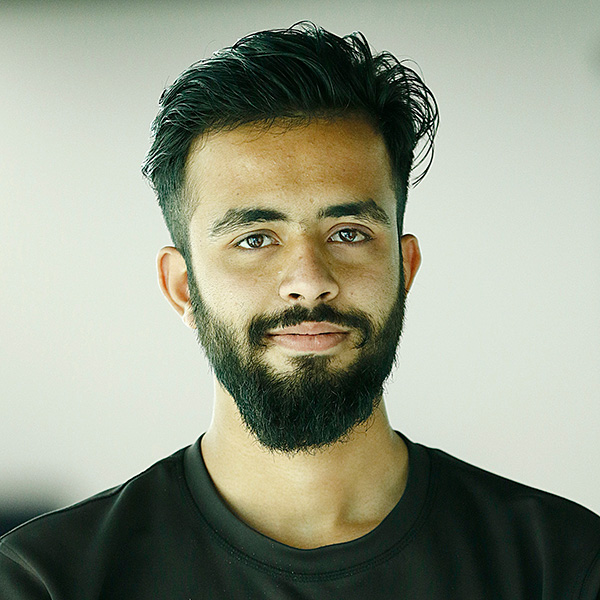National
Fees for bachelor level medical courses likely to increase
The new fee structure should be enough to run the medical institutions effectively, say private and government medical institutions
Nayak Paudel
A government committee formed to study the feasibility of revising the existing fee structure of medical education is preparing to recommend a new fee structure.
Usha Jha, the committee’s member, informed a seminar, organised by the Medical Education Commission, in the Capital on Sunday that a new fee structure will soon be recommended to the government.
Jha, who is also a member of the National Planning Commission, said the fee for MBBS would increase to Rs 4.01 million in medical colleges inside Kathmandu Valley and Rs 4.42 million in colleges outside the Valley if we only adjust it with inflation.
The fee is therefore liable to increase after factoring other surcharges.
“There are various diversifications among medical colleges due to which there cannot be a blanket fee structure. We are not only looking at the inflation rate but also at various other factors,” said Jha.
At present, medical colleges inside the Valley can charge up to Rs 3.85 million and those outside the Valley can charge up to Rs4.24 million for MBBS courses.
The fee structure for Bachelor in Dental Surgery (BDS) will increase to Rs 2.01 million, as opposed to the current Rs 1.9 million.
Along with MBBS and BDS, the fee structure is also being revised for other bachelor level medical courses.
The five-member committee, led by Minister for Health and Population Upendra Yadav, was formed in April to study the necessity and feasibility of revising fee structure of medical education and to find ways to conduct a common entrance test for medical students, among others.
From 2011, six different high-level committees have recommended different fee structures for medical education.
A fee review committee formed under Shiva Kumar Rai on July 10, 2016, had recommended three different fee structures for three different numbers of seats allocated to medical colleges.
According to the recommendation of the Rai-led committee, medical colleges with 135 seats can charge up to Rs 3.58 million from students under regular category. Similarly, colleges with 115 seats can charge up to Rs 4.15 million and those with 100 seats can charge up to Rs 4.57 million from students under regular category.
Despite the fee ceiling, medical colleges have been charging extra fees, saying that the current fee structure is not enough for them to run their institutions.
“The reviewed fee structure should have a proper breakdown,” Dr Suresh Kumar Kanodia, managing director of Nepalgunj Medical College, told the Post.
Private medical colleges have suggested that the fee should be set considering the number of seats allocated to medical colleges because colleges with fewer seats cannot sustain or compete with colleges with more seats.
The government-run medical institutions have also called for a fee structure that will allow them to run efficiently.
“The National Medical Education Act, 2075 states that the government-run medical colleges should provide 75 percent scholarship. But since the government does not provide enough grant to the government-run institutions, we cannot function properly by providing 75 percent scholarships to students,” said Dr Bharat Kumar Yadav, vice-chancellor of the Patan Academy of Health Sciences.
“It is from the fees paid by the students that we are able to run other health services in the institution.”
Along with fee structures, issues have also been raised over whether the Ministry of Health or the Ministry of Education should manage and oversee medical education.
“It remains unclear as to which ministry should take charge of medical education. Since it’s the field of medicine, it could come under the health ministry. But it’s also an education sector, so it could also come under the education ministry,” said Health Minister Yadav.
Under the existing arrangement, medical colleges fall under the education ministry and academies of health sciences under the health ministry.
“In medical colleges, they not only provide education but also extend health services. This overlap should be resolved. There can only be one ministry to look after medical education,” said Yadav.
A couple of months earlier, a high-level national education commission, formed by the Cabinet on July 26, 2018, under Education Minister Giriraj Mani Pokhrel, had recommended that academies of health sciences be kept under the education ministry.
Medical education experts and government officials present at Sunday’s seminar said since the National Medical Education Act has been implemented, the Medical Education Commission will now be the regulatory body of medical colleges.
The vice-chairman of the commission, who is yet to be appointed, will be the head of the executive committee.
The government has received six applications for the post.
While the vice-chairman of the commission is yet to be appointed, activists have been warning the government not to play dirty in the appointment as they did with endorsing the Medical Education Act.
On July 11, Dr Govinda KC had demanded the government to halt the selection process for the post of vice-chairman, saying that incompetent people should not be appointed.
However, the recommendation committee has said that it will not halt the selection process.
“We have not decided on halting the selection process. We will soon recommend three candidates to the government,” Dr Dibya Singh Shah, a member of the recommendation committee, told the Post.




 13.12°C Kathmandu
13.12°C Kathmandu















